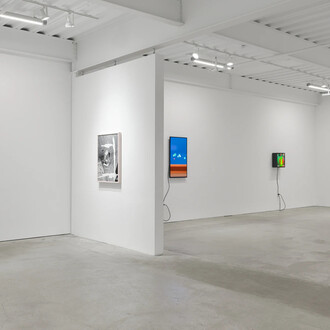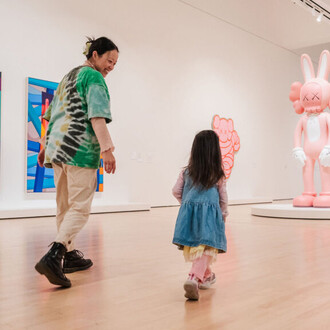Flashback is both a consequence of Cogan’s earlier works dealing with time, memory and place as a source of meaning—and it is also the inception of a new inquiry on imagery over form. What icons trigger nostalgia in us? Is it merely the representations of familiar places and objects, or is it the expression of color and light that evoke our memories?
Steeped in the city’s obscure enclaves and outer landscapes, Cogan is immersed in a San Francisco seemingly bygone. Artifacts of the present transport us back to a time and place at once familiar and incomplete. Witnessing the vanishing architecture of our streets can activate recollections of the past akin to discovering a long-lost photograph of a childhood memory.
Just as deliberate as Cogan’s selection of icons is his attention to composition and technique. As an artist, Cogan has always exploited paint’s tactile form to exaggerate a mood or overstate emotional content. “The painting is built up in several layers—some translucent, some opaque—in order to create depth,” says Cogan. “I often add or subtract details to focus the viewer on a specific area of the composition.” His aim is not merely to reproduce a literal translation of a scene, rather it is to elicit a response through a complete visual experience.
Cogan’s work reminds us that, in this inescapable race forward, our experience of contemporary life and art draws much more from our understanding of the past than our untethered ideas of the future.
















